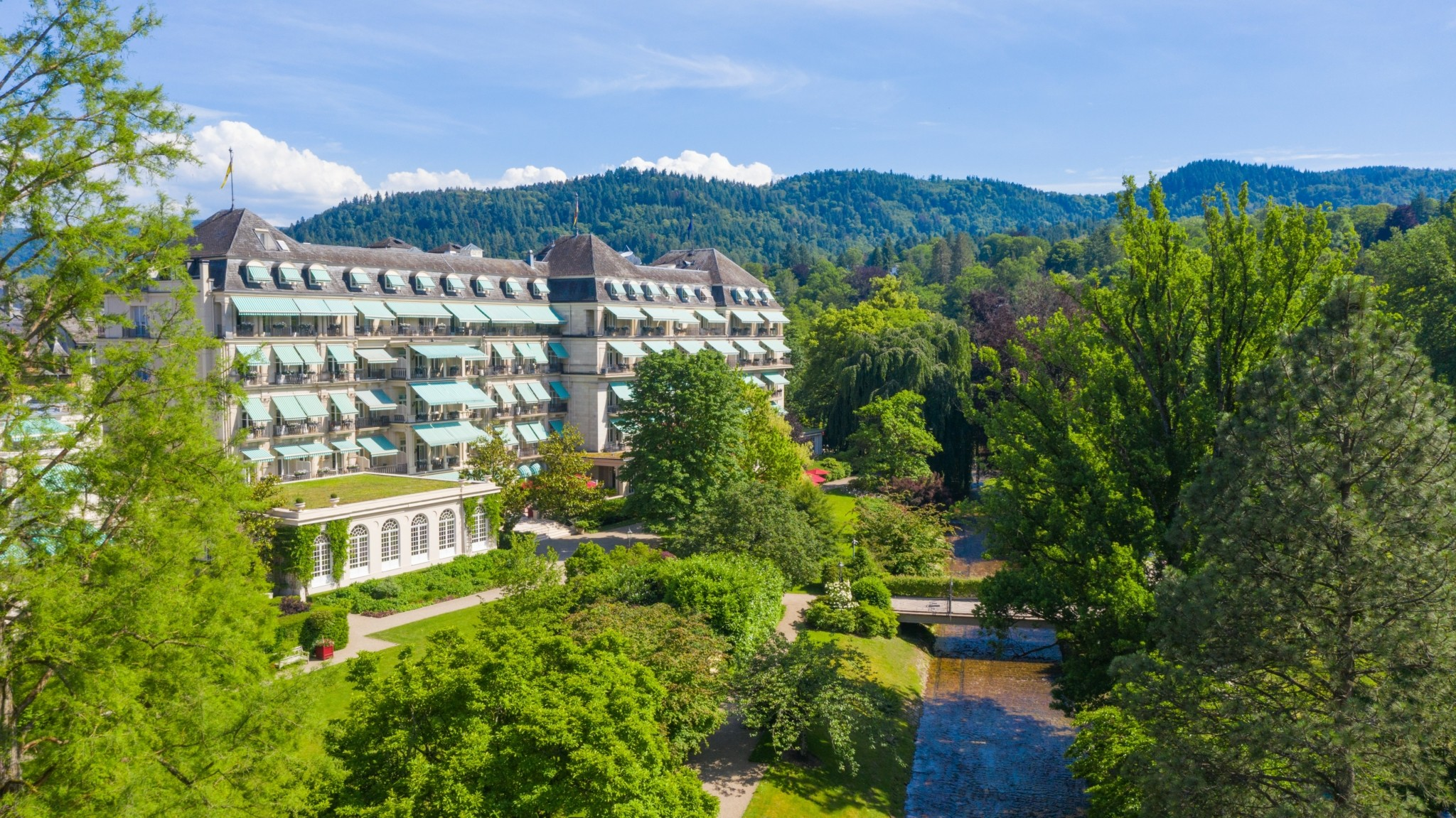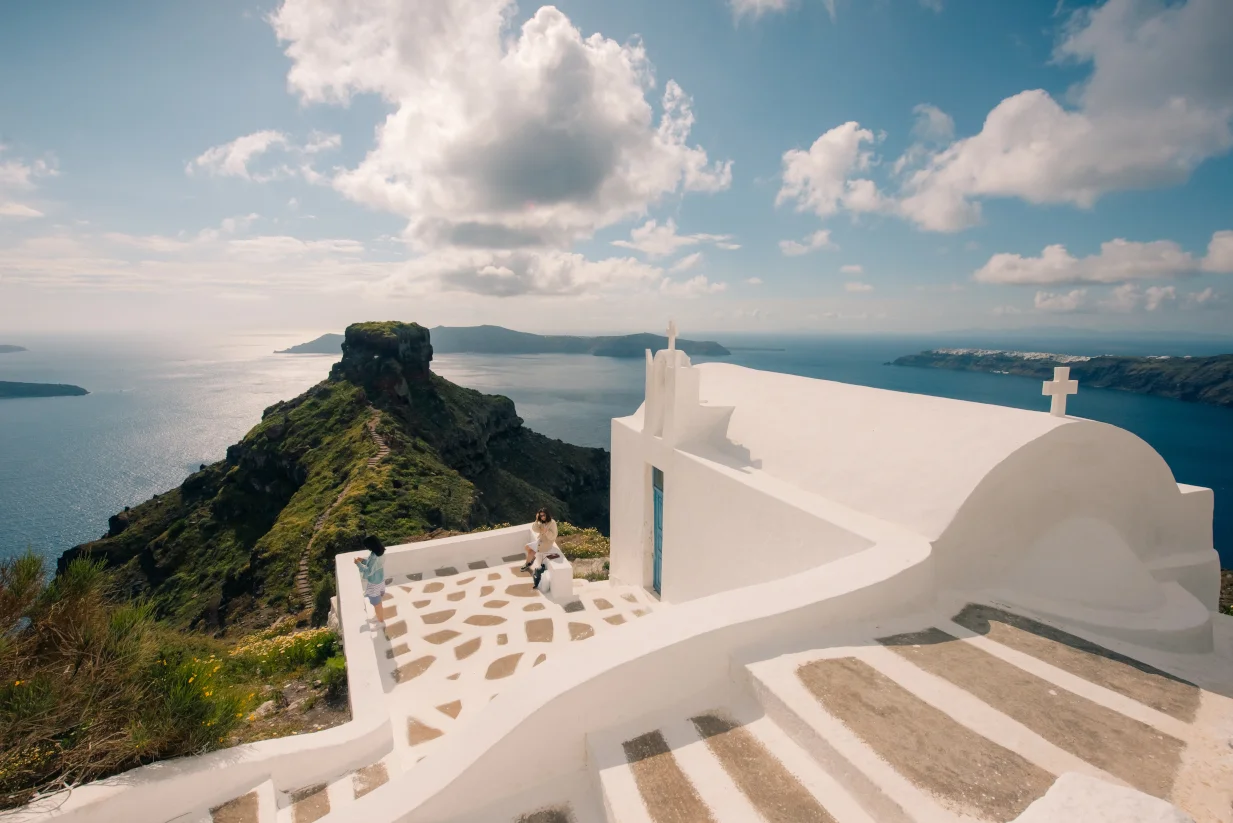Thessaloniki, while being the second largest city of present-day Greece, is also considered as the cultural capital of the country. In part, this honorable status is fueled by the historical legacy of the urban center that was founded way back around 315 BC by King Cassander of Macedon, by uniting the conglomeration of around 27 big and small settlements. By the time of the Roman period, Thessaloniki was one of the rare free cities of the Republic, and the commercial hub was later transformed into the largest city of the Greek provinces during the Empire period. Following such a favorable administrative trend, in 3rd century AD, when the Roman Empire was divided into the tetrarchy, Galerius Maximianus Caesar finally made Thessaloniki his sole capital city. And thus came forth the founding of various architectural projects, including a palace, a new hippodrome, a triumphal arch and even an imposing mausoleum.
The following animation was contrived by graphic designer Vladimir Nefidis. The 3D virtual reconstruction is based on the actual archaeological finds and aerial photography related to the Palace Complex of Galerius.
The impressive (and massive) Palace Complex of Galerius was originally built along the north-south axis, and comprised of different structural elements, including the Rotonda, the aforementioned hippodrome, the Octagon and the famous Triumphant Arch (Kamara). As for the main palace itself, the imposing building boasted two separate floors, constructed around a central courtyard (atrium), thus essentially pertaining to a peristyle. The spatial scope consisted of richly decorated mosaic floors, statues and long corridors with huge volumes reserved for the emperor, palace guards and courts. The eastern side further showcased its two-storied gallery interspersed by fountains.
As befitting the imposing nature of Roman architectural style, the larger complex additionally consisted of a basilica on the northern side, that was further flanked by the thermae (bathing facility) outside the palace quarters. But arguably the most interesting structure inside the complex entailed the aforementioned Octagon. This building was several meters higher than its proximate spaces, while being bedecked in an opulent manner – thus hinting at the possibility that it was the throne room of Galerius. All in all, the Palace Complex of Galerius with these structures combined with the nearby access points, hippodrome, fortifications and streets, had an impressive area of 150,000 sq m (or 1.6 million sq ft), which is equivalent of over 28 American football fields!
Source: https://www.realmofhistory.com/2017/02/01/3d-animation-palace-complex-galerius/










